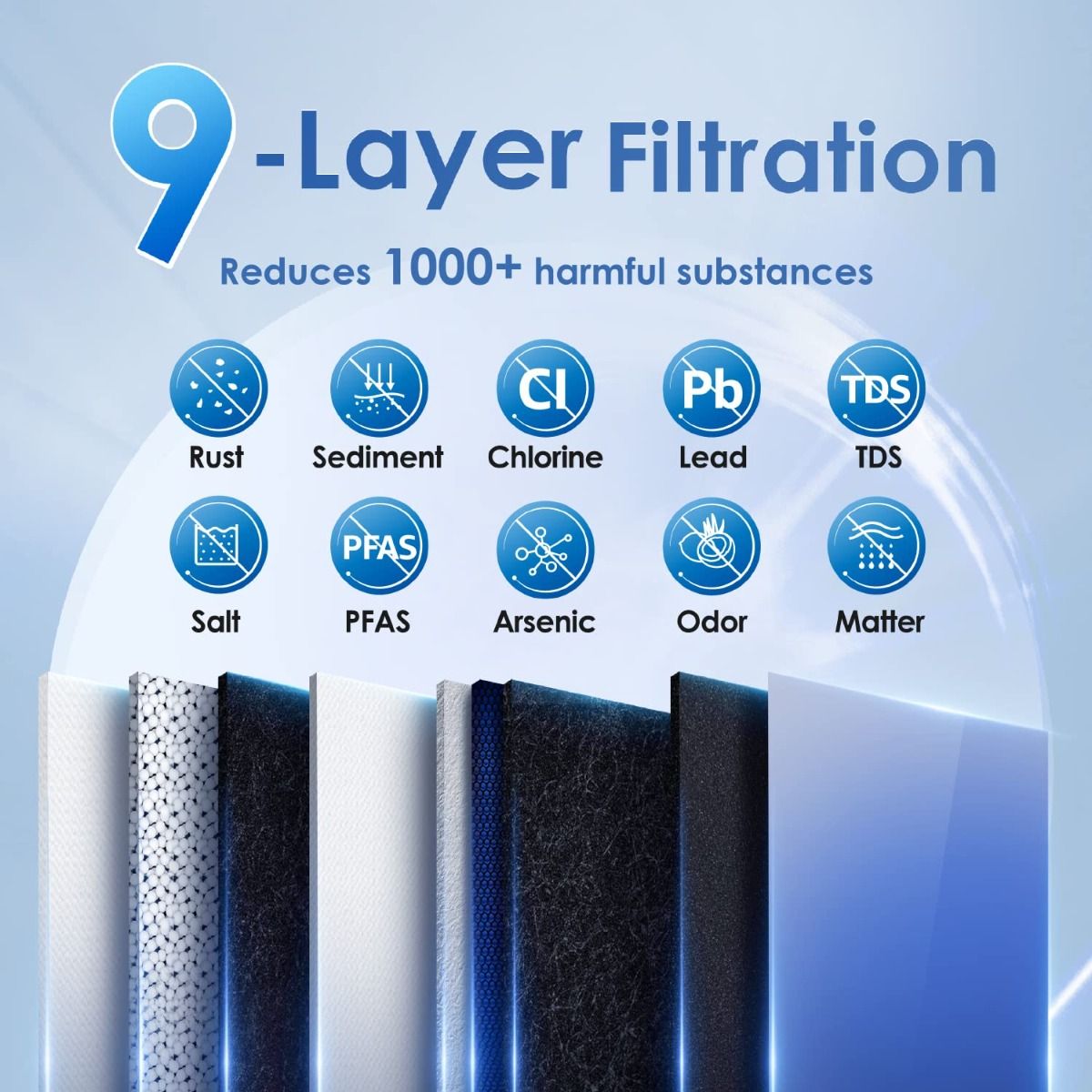Your Cart is Empty
CYBER MONDAY SALE ENDS THIS WEEK I 20% OFF STOREWIDE
Menu

Have a question? Call us 7 days a week!
CYBER MONDAY SALE ENDS THIS WEEK I 20% OFF STOREWIDE
How Does Reverse Osmosis Work?
May 09, 2023 3 min read

How Does Reverse Osmosis Work?
With all of news centered on train derailments resulting in contaminated waterways, a lot of people are asking "how does reverse osmosis work?"
Quite generally, water filtration systems or reverse osmosis systems can help to minimize the risks of pollutants entering your drinking water, but the process itself is quite fascinating. Read on as we to sort out how reverse osmosis works and how households are using RO systems to protect their families.
Reverse Osmosis Membrane:
Reverse osmosis is a process by which water is passed through a semi-permeable membrane. The membrane is designed to block larger molecules, while allowing smaller molecules to pass through.
This process can be used to purify water or remove salts, bacteria and other contaminants from it.
Osmosis is a natural process that occurs when there is a difference in solute concentration between two solutions. Water naturally moves from areas where there are more dissolved molecules to areas where there are fewer. This movement of water molecules through a semi-permeable membrane causes pressure to build up on the side with more solute and less on the side with less solute.
Removing Contaminants:
The reverse osmosis membrane is a thin plastic layer that's made of semi-permeable material. It lets water molecules pass through, but not larger molecules like salt or bacteria.
The process of removing contaminants from the water is called "desalination." The RO membrane can also filter out contaminants like viruses and other microorganisms--which means you'll be able to drink your tap water without fear of getting sick!
The water enters the system and passes across this porous barrier as it flows toward your tap. At this point, any contaminants dissolved in your drinking water remain behind on one side of the RO membrane while clean fresh filtered water passes through it to your faucet or into your home's plumbing system where you can use it for drinking or cooking purposes (or any other uses).
RO System & Pressure:
We've discussed osmosis, the process by which water flows through a membrane from areas of low solute concentration to high solute concentration. Reverse osmosis works in the opposite direction: it uses pressure to force water through a specialized membrane at a high velocity.
An RO systemneeds to be pressurized so that it can overcome the natural attraction between water molecules, which pull each other together into drops and droplets. This means that an external pump or pressurized storage tank must provide enough force for this force field to be overcome--and depending on what size and type of membrane you use for your filter (or combination thereof), this can impact pressure levels through your faucet or home system.
Ensuring Optimal Pressure Levels:
The pressure required to send water through the RO system'smembrane can be generated by an external pump or by a pressurized storage tank.
When you're using an external pump, it pulls water from your well and sends it through your RO unit at high pressure. This will make sure that your system is getting enough flow rate so that it can produce clean water quickly.
Healthier, Tastier Water:
Because RO systems can remove 99.9% of contaminants, including lead, chlorine and other chemicals, reverse osmosis is a great way to make drinking water healthier and taste better.
Reverse Osmosis systemsare more effective than other filtration methods such as activated carbon filters or distillation systems because they use pressure to push water through semi-permeable membranes at high velocity rates with minimal waste production (no backwashing). This process creates purer water than other types of filtration systems by removing all dissolved solids from your source source before it reaches you!
Ready for Cleaner, Healthier Water?
Shop Aqua Home Supply's growing inventory of reverse osmosis and filtration systems.Don't hesitate to reach out if you have questions - our team of experts are always willing to help!
Leave a comment
Comments will be approved before showing up.




